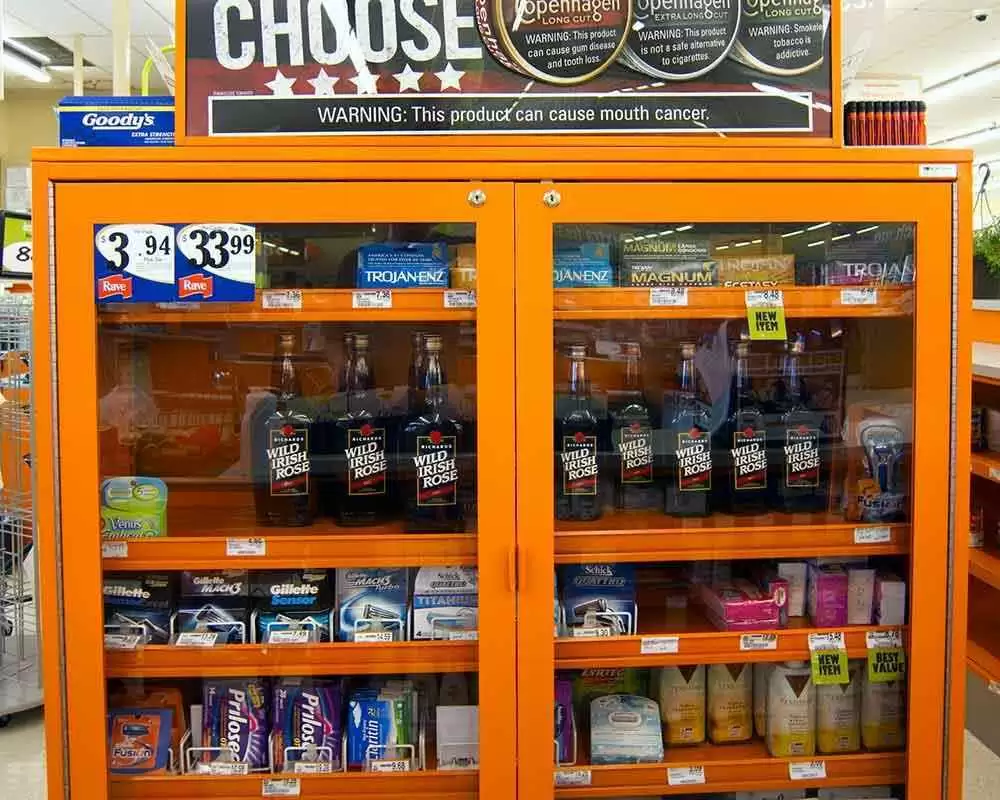
Celiac.com 10/05/2018 - This short quiz includes basic celiac facts, recent celiac and gluten-free news and other information that appeared in the last few months on Celiac.com. The answers are in the section below the quiz, so don't peek!
True or False?
- A tainted gluten-free meal nearly killed an Australian woman.
- Bifidobacterium infantis NLS super strain reduces a-Defensin-5 expression in celiac disease patients.
- Vitamin A and D deficiency common in kids with newly diagnosed celiac disease.
- New UK fund promotes celiac research and gluten-free food improvement.
- Easy to spot tooth wear and enamel defects point to celiac disease.
- Undiagnosed celiac disease more common in women and girls.
- Research indicates 1.4% of humans have celiac disease.
- A new urine test can spot gluten in the blood of people with celiac disease.
- Women's diet during pregnancy has little impact on celiac disease risk in their infants.
- Gluten-Free condoms are available for people concerned about topical exposure to gluten.
- A Phoenix realtor recently advertised a house as 'gluten-free.’
- Current screening methods miss significant cases of celiac disease.
- A new vaccine makes it safe for people with celiac disease to safely consume gluten.
- A long-distance conversation with a guru can help treat your celiac disease.
- Food made with gluten-free ingredients is safe for people with celiac disease.
- Celiac disease is a food allergy.
- Celiac disease rarely affects people of non-European ancestry.
- Celiac disease is a children’s condition.
- Celiac disease can be painful, but isn't life-threatening.
- A little gluten is okay for people with celiac disease and gluten-intolerance to eat.
Celiac.com Sponsor (A12):
ANSWERS
Here are the answers for our short quiz above on basic celiac facts, recent celiac news and other information.
True or False?
- A tainted gluten-free meal nearly killed an Australian woman. TRUE
- Bifidobacterium infantis NLS super strain reduces a-Defensin-5 expression in celiac disease patients. TRUE
- Vitamin A and D deficiency common in kids with newly diagnosed celiac disease. TRUE
- New UK fund promotes celiac research and gluten-free food improvement. TRUE
- Easy to spot tooth wear and enamel defects point to celiac disease. TRUE
- Undiagnosed celiac disease more common in women and girls. TRUE
- Research indicates 1.4% of humans have celiac disease. TRUE
- A new urine test can spot gluten in the blood of people with celiac disease. TRUE
- Does Diet During Pregnancy Have Any Impact on Celiac Disease Risk in Infants? TRUE
- Gluten-Free condoms are available for people concerned about topical exposure to gluten. TRUE
- A Phoenix realtor recently advertised a house as 'gluten-free.’ TRUE. Phoenix realtor Mike D’Elena recently advertised a house as 'gluten-free’.
- Current screening methods miss significant cases of celiac disease. TRUE
- A new vaccine makes it safe for people with celiac disease to safely consume gluten. FALSE. While several such vaccines are under development, with some even undergoing clinical and human trials, no such drug has been proven to work and approved by the FDA. Hopefully the clinical tests will work and this will one day be an alternative for some people.
- A long-distance conversation with a guru can help treat your celiac disease. FALSE
- Food made with gluten-free ingredients is safe for people with celiac disease. FALSE. Just because food is made with gluten-free ingredients does not necessarily make it safe for people with celiac disease. Case in point, Domino’s Pizza recently introduced gluten-free pizza crusts. However, these pizzas are prepared in the same areas and ovens as Domino’s regular pizzas, and may be contaminated with gluten from wheat flour. These pizzas are not considered safe for people with celiac disease. There are many similar cases in the restaurant world. Contamination is a serious issue for some celiacs, so buyers be aware and be wary.
- Celiac disease is a food allergy. FALSE. Celiac disease is not a food allergy or an intolerance, it is an autoimmune disease. People with celiac disease suffer damage to the lining of the small intestine when they eat wheat, rye or barley. They also face higher risks for many other auto-immune conditions.
- Celiac disease rarely affects people of non-European ancestry. FALSE. Celiac disease is more common in people of northern European ancestry, but it affects all ethnic groups and is found in southern Asia, the Middle East, North Africa and South America.
- Celiac disease is a children’s condition. FALSE. Celiac disease can develop at any age. In fact, celiac disease is most commonly diagnosed in people aged 40-60 years old.
- Celiac disease can be painful, but isn't life-threatening. FALSE. It’s true that classic celiac disease symptoms, like stomach pain, bone pain, fatigue, headaches, skin rash, and digestive issues, won’t kill patients outright. However, undiagnosed or untreated, celiac disease can trigger other autoimmune disorders, and leave patients at much greater risk of developing certain types of deadly cancer.
- A little gluten is okay for people with celiac disease and gluten-intolerance to eat. FALSE. Gluten levels above 20 parts per million can cause adverse immune reactions and chronic damage in people with celiac disease.
Read more about celiac disease, gluten, gluten-free and gluten intolerance facts at Celiac.com.








Recommended Comments
There are no comments to display.
Create an account or sign in to comment
You need to be a member in order to leave a comment
Create an account
Sign up for a new account in our community. It's easy!
Register a new accountSign in
Already have an account? Sign in here.
Sign In Now